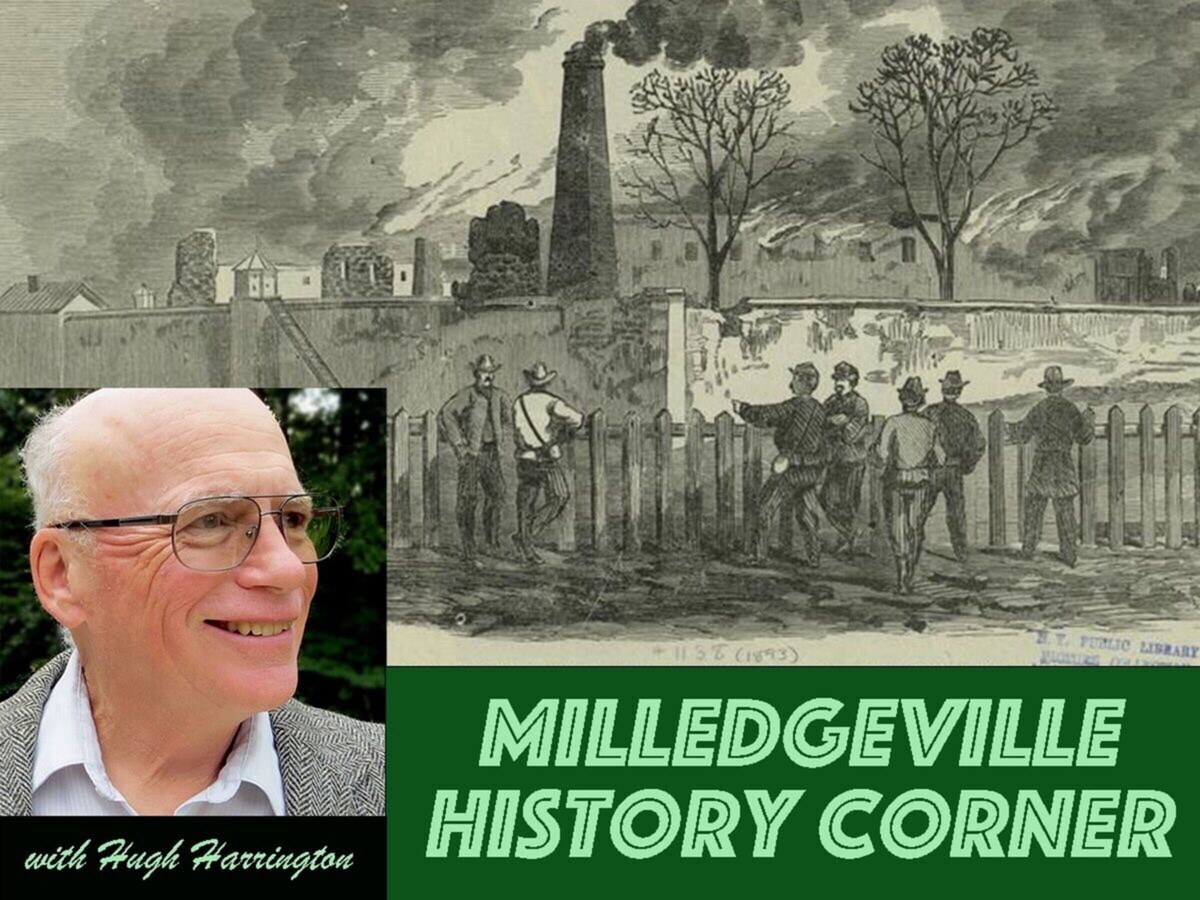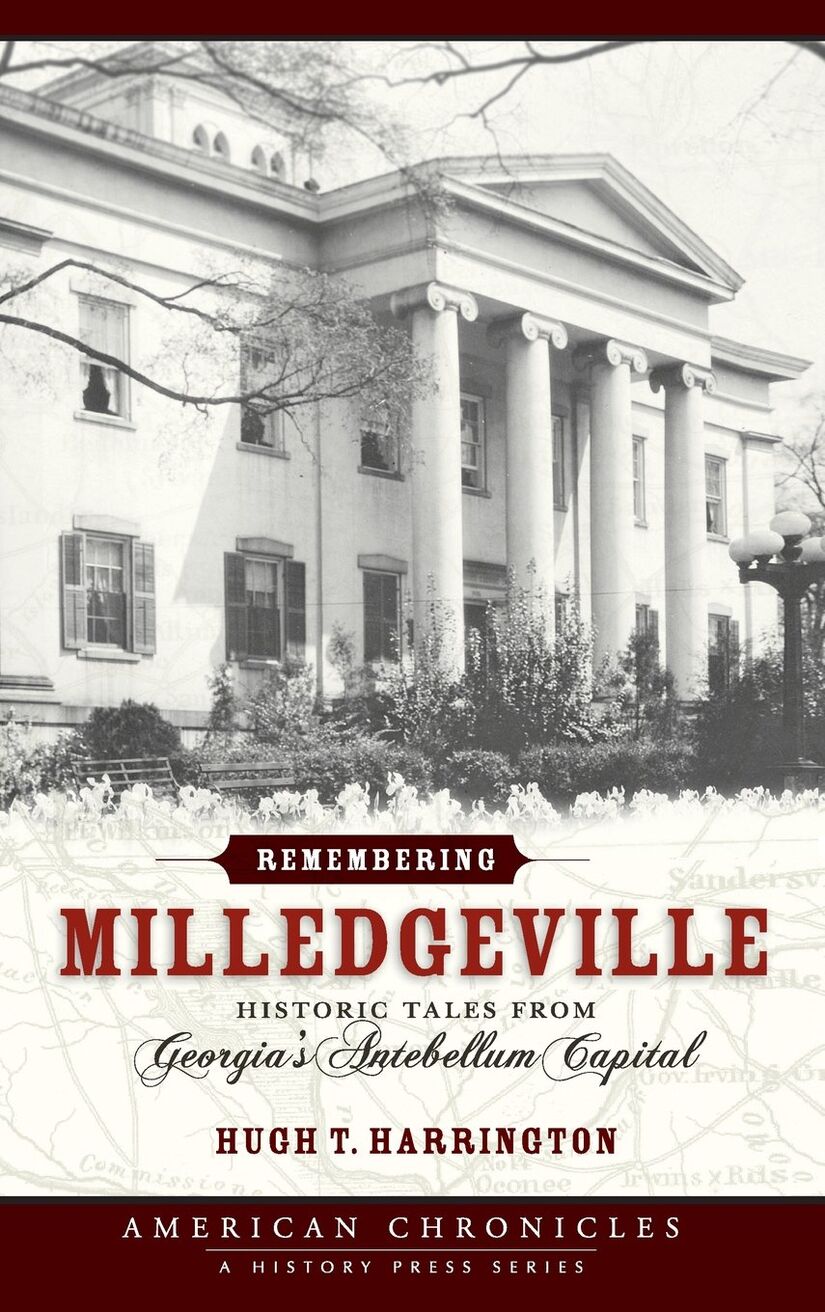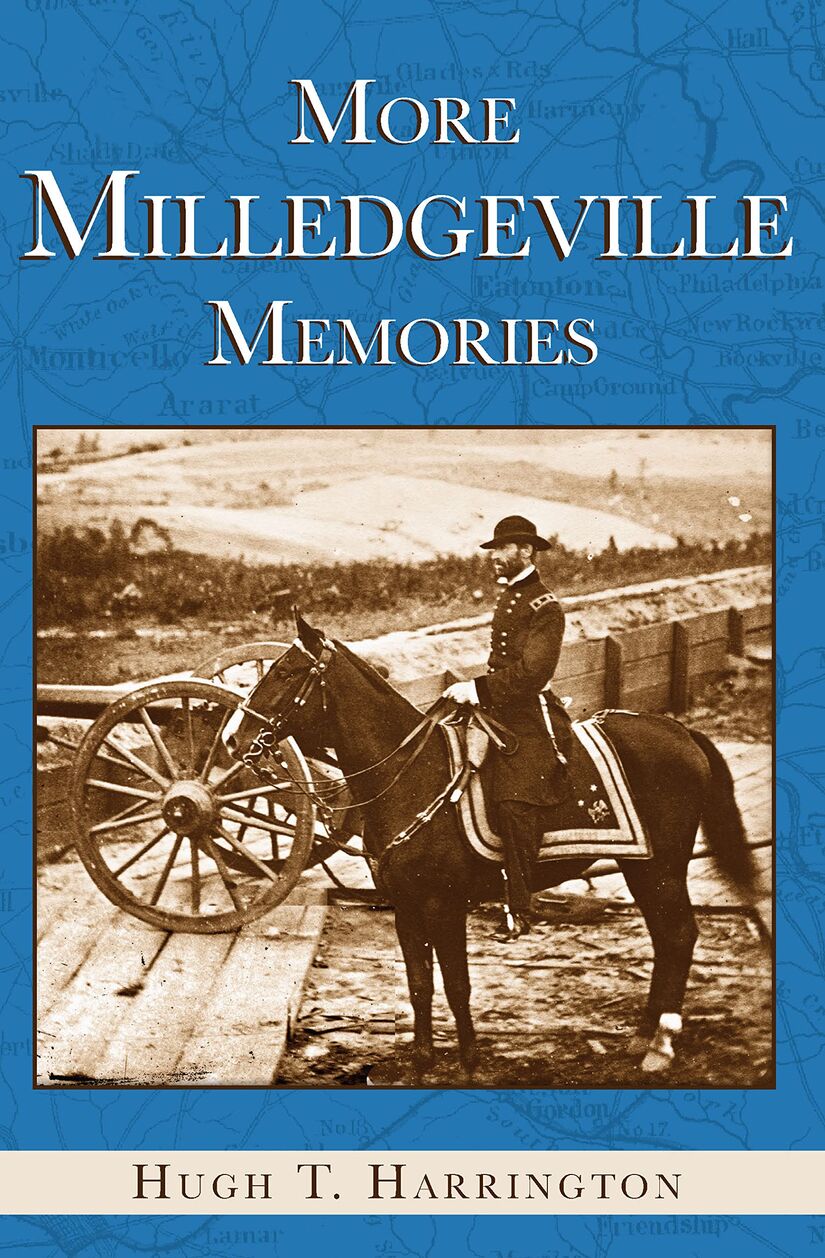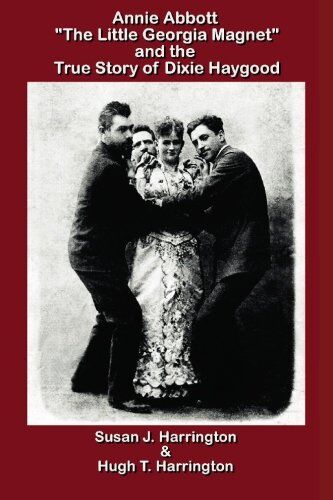Image

Copyright © 2022 Hugh T. Harrington
This time of the year especially, because of Memorial Day, we naturally think of our military veterans and the great debt that we owe to them. All of them served, some of them sacrificed a little, others sacrificed a lot, and still others gave everything they had, everything they ever would have. They paid a price for our freedoms that leaves us with a debt that we cannot repay.
“What did you do in the War, Daddy?” This question usually doesn’t get much of an answer. Many Vets are reluctant to talk about what they saw and what they did. Given the realities of war the remembrance of their service may not be a pleasant memory. However it is important for us, individually and as a nation, to remember what our service men and women have done for us.
One of the millions of US veterans is Sergeant William T. Ennis. If I were to meet him I’d shake his hand and thank him for his service, and sacrifice, in World War II. I suspect that like many veterans he might be somewhat self-conscious by the attention. He might look at the ground, kick the dirt with the toe of his shoe, stare off into the distance and say something like, “I didn’t do anything that a couple million other guys didn’t do.”
If I persisted and observed that after four years of high school in Sandersville, and being employed as a practical nurse, he had enlisted in January 1943 at the age of 19 in the Army Air Forces he may have just muttered, “well, yeah, that’s right.” No one was drafted for service in the air. Those men were volunteers, just as our military today is entirely filled by volunteers. The war in the air was extremely hazardous duty, and these men knew it.
The Japanese had attacked Pearl Harbor on December 7, 1941, which catapulted the United States into a war that had been raging since 1939. Germany immediately declared war on the United States. The entire world was at war.
William Ennis, the son of William Tarver Ennis, Sr. and Annie Belle Tanner Ennis of Sandersville, was a descendant of the Ennis family which has lived in Baldwin County since the early 1800s.
(article continues below)
HUGH'S BOOKS!

CLICK TO SEE> Remembering Milledgeville

CLICK TO SEE> More Milledgeville Memories

CLICK TO SEE> Civil War Milledgeville

CLICK TO SEE> Annie Abbott “The Little Georgia Magnet” and the True Story of Dixie Haygood
William was trained as an aerial gunner and engineer. In due course he was assigned to the 779 th Squadron, 464 th Bombardment Group in the 15 th Air Force and ordered to Pantanella Air Base in Foggia, Italy. He would be flying in a big B-24 Liberator heavy bomber on missions into German occupied territory in Europe.
At that time, the summer of 1944, the Allied armies had pushed from North Africa into Sicily and Italy. The Fifteenth Air Force was bombing strategic targets such as oil refineries, railroads and munitions factories in Europe.
The Germans were defending their precious resources from the US bombers with both fighters and huge numbers of anti-aircraft batteries. Our bombers were taking heavy losses. But American airmen kept going back into the sky pounding enemy targets...and hoping they would return from those dangerous missions. After completion of 35 missions airmen were transferred back to the United States. However, on average an airman only survived through 14 missions before being shot down. Those are very long odds, and our men were well aware of the losses.
It was a bright sunny 10 th of September 1944 when Sgt. Ennis and the other nine men of the crew boarded their B-24 Liberator. Their target was the Diesel Caterreiche Saurerwerke in Vienna, Austria. Vienna was dreaded by the aircrews as it was heavily defended by anti-aircraft batteries.
Bomber missions were tough. At altitudes of 25,000 feet the air was thin. Above 10,000 feet oxygen had to be used as the aircraft were unpressurized. It was also cold, a bone chilling -40 degrees. The planes, overloaded with fuel and two tons of bombs would struggle just to get off the ground and then would have to get over the Alps to bomb the enemy.
William Ennis’ B-24 was one of 344 B-24s and B-17s on the mission. On this day no enemy fighters attacked the American bombers on the way to the target. But enemy flak was heavy. A minute after dropping its bombs Ennis’ bomber was hit in the bomb bay by anti-aircraft fire. The aircraft, on fire, banked sharply left. Within seconds four men were seen to tumble out of the plane. The aircraft then exploded. Only two parachutes were seen to open as the pieces of mechanical and human wreckage fell five miles to the ground.
Back in Georgia the Ennis family was devastated by the news from the War Department. Cruelly, they were haunted by the chance that William was one of the men whose parachute had opened. Months later they learned he was not.
William Ennis had just turned 21 when he was killed. It was his first combat mission. He never even got an opportunity to fire his machine guns..
After the war his body was brought back to Milledgeville and now rests in Memory Hill alongside his parents.
If I were able to meet with William today what would I say? A mere “thank you” seems hardly sufficient for one who gave up all he had, and all he ever would have in the future. How could we adequately thank this man? What could we, who live in the land that he gave his life to protect, possibly say to him?
No words can express the gratitude and the debt that we owe this brave man and the millions of our veterans.